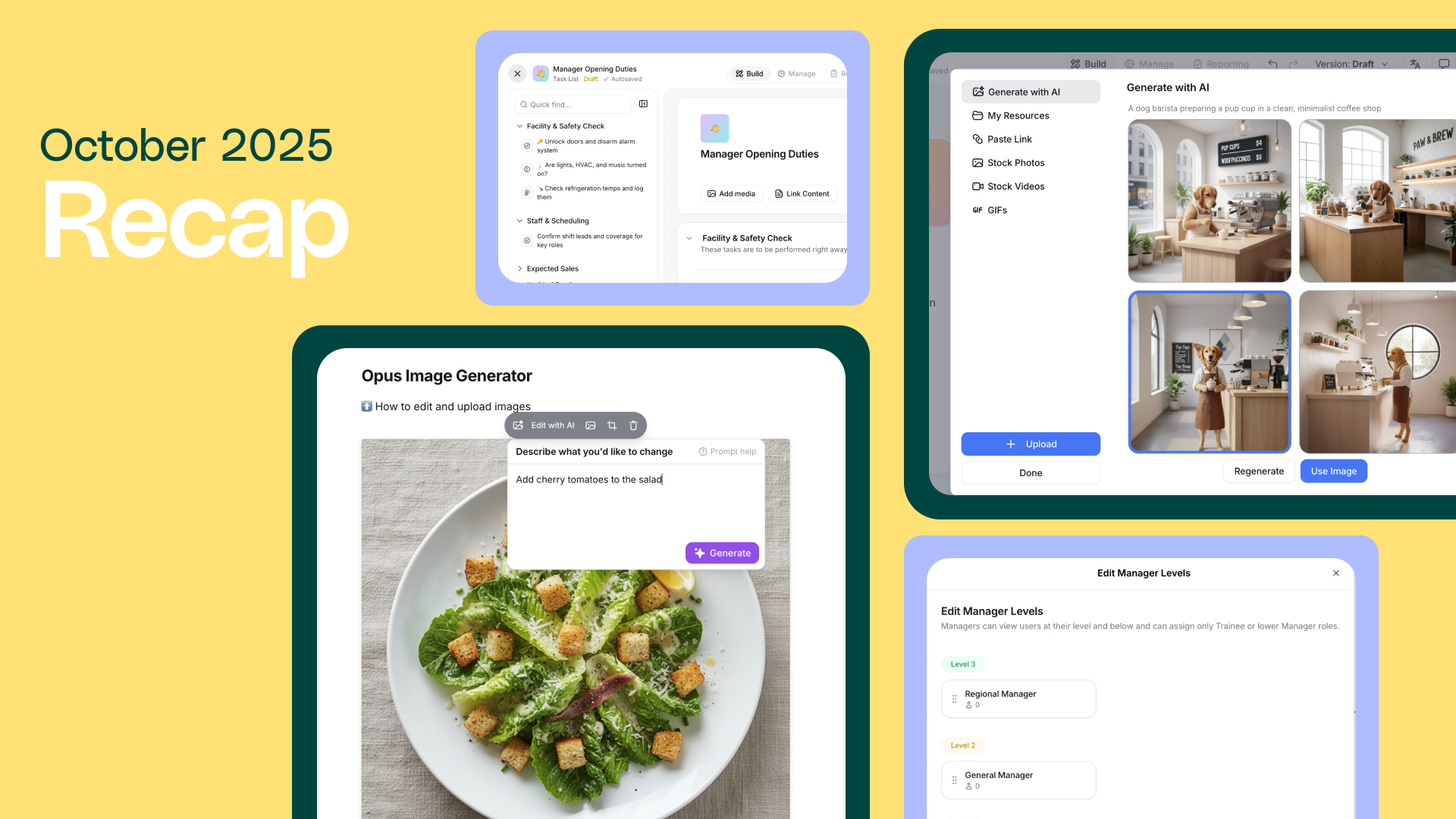80% of the global workforce doesn't sit at a desk all day. They drive our economy in sectors like food service, logistics, manufacturing, healthcare, retail, and transportation. They are "on the frontline". The Brookings Institute defines essential industries as those businesses that must stay open during public health emergencies. 50 million of the 90 million U.S. employees in essential industries must physically report to their job. They are the majority. In 2021, addressing the needs of frontline workers is an opportunity for employers looking to increase productivity, happiness, and connectivity at work.
In 2020, the frontline workforce carried society through unprecedented adversity
- 50% of the frontline workforce feared losing their job if they asked to reschedule a shift (1)
- 75% said they go to work when they're sick (down to 14% mid-pandemic). The most common reason being concerns about lost pay.
The time and attention paid to improving workplace culture and technology for "desk workers" leaves frontline workers behind
- 60% of workers said they are unsatisfied with the technology they receive from their employer (2)
- 70% said more technology would improve their performance
- Only 1% of software funding goes towards products that serve main street (3)
Poor workplace engagement and communication are also lacking due to inadequate technology
- 84% say they don't receive enough information from management (4)
- 22% feel their job is tied to their company's vision
- 10% feel strongly connected to their company
4 ways bring your workforce from offline to digital
- Go mobile-first. Your team is on-the-go, so implement a solution that meets them where they are. The more sedentary the device, the further away you are from how your team operates.
- Include managers. The more involved your managers are with the technology, the more engaged your team will be. A shared tool can improve communication, strengthen relationships, inspire new ideas and boost retention.
- Do your due diligence on technology. Make sure the solution provides the resources your team needs to excel and grow at work. Access to trackable data and product flexibility are important factors when vetting your choice.
- Get feedback. Does the company offer a free trial? Does your team enjoy using this solution? Do they find value in it? Does it directly create opportunities for professional development and advancement? Ensure your choice helps serve your mission.







